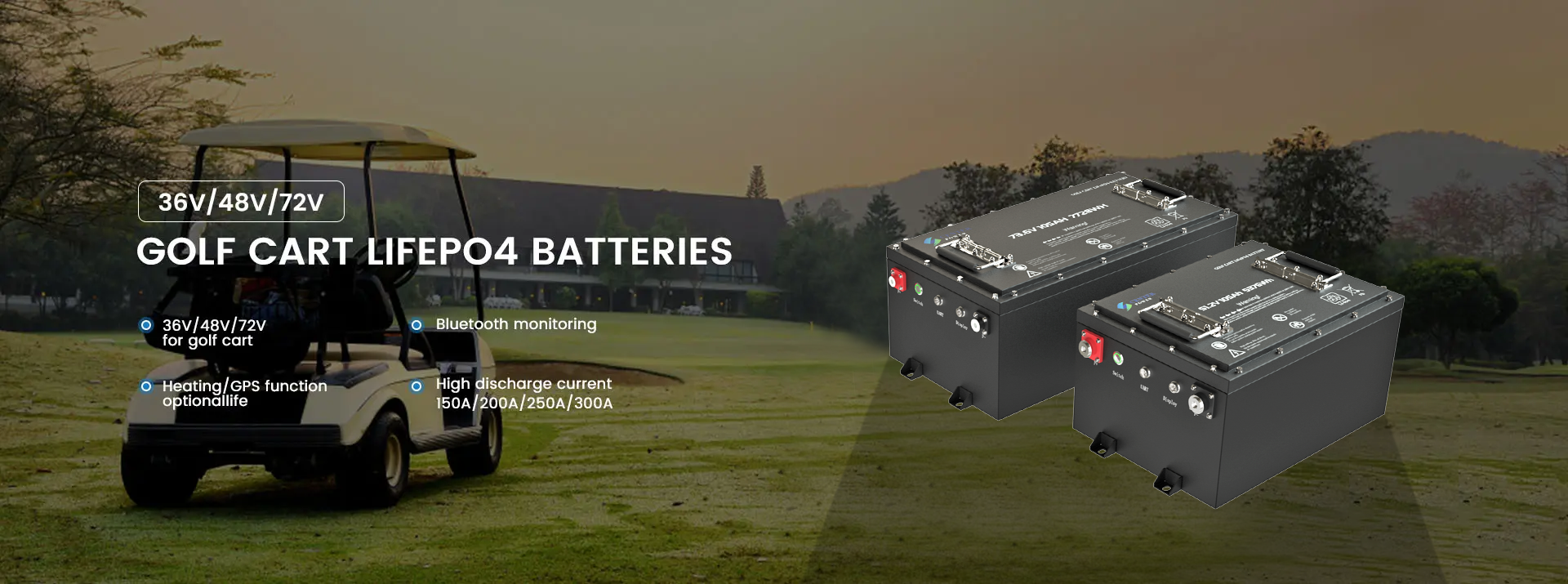
Reviving dead electric wheelchair batteries can sometimes be possible, depending on the battery type, condition, and extent of damage. Here’s an overview:
Common Battery Types in Electric Wheelchairs
- Sealed Lead-Acid (SLA) Batteries (e.g., AGM or Gel):
- Often used in older or more budget-friendly wheelchairs.
- Can sometimes be revived if sulfation hasn’t severely damaged the plates.
- Lithium-Ion Batteries (Li-ion or LiFePO4):
- Found in newer models for better performance and longer lifespans.
- May require advanced tools or professional help for troubleshooting or revival.
Steps to Attempt Revival
For SLA Batteries
- Check the Voltage:
Use a multimeter to measure the battery voltage. If it’s below the manufacturer’s recommended minimum, revival may not be possible. - Desulfate the Battery:
- Use a smart charger or desulfator designed for SLA batteries.
- Slowly recharge the battery using the lowest available current setting to avoid overheating.
- Reconditioning:
- After charging, perform a load test. If the battery doesn’t hold a charge, it might need reconditioning or replacement.
For Lithium-Ion or LiFePO4 Batteries
- Check the Battery Management System (BMS):
- The BMS may shut down the battery if the voltage drops too low. Resetting or bypassing the BMS can sometimes restore functionality.
- Recharge Slowly:
- Use a charger compatible with the battery chemistry. Start with a very low current if the voltage is near 0V.
- Cell Balancing:
- If the cells are out of balance, use a battery balancer or a BMS with balancing capabilities.
- Inspect for Physical Damage:
- Swelling, corrosion, or leaks indicate the battery is irreparably damaged and unsafe to use.
When to Replace
If the battery:
- Fails to hold a charge after attempted revival.
- Shows physical damage or leaks.
- Has been deeply discharged repeatedly (especially for Li-ion batteries).
It’s often more cost-effective and safer to replace the battery.
Safety Tips
- Always use chargers and tools designed for your battery type.
- Avoid overcharging or overheating during revival attempts.
- Wear safety gear to protect against acid spills or sparks.
Do you know the type of battery you're dealing with? I can provide specific steps if you share more details!
Post time: Dec-18-2024





